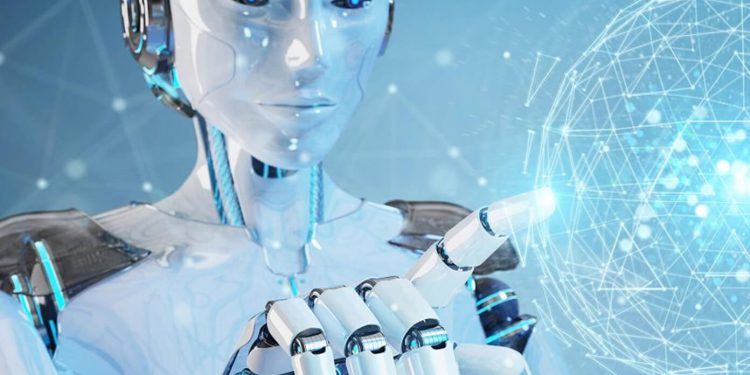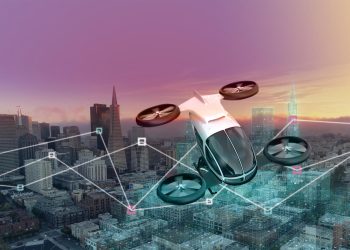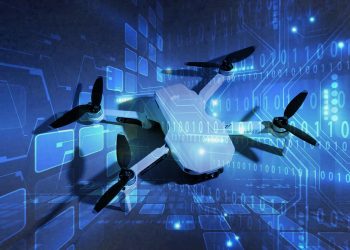Humans have been developing robotics and automation for hundreds of years. From just performing simple tasks, such as telling time to perform complex manufacturing operations and even risky surgeries, robotics and automation have come a long way. This growth of robotics has sparked fear in many people regarding the possible “rise of the machines” and displacement of humans in the workplace by robots. But, keeping the fear and conspiracy theories aside, there are many undeniable benefits of robotics in our lives today.
Education and Training
Every student is different and learns according to his/her own unique abilities and pace.
A single teacher is not enough to meet the personalized learning needs of every student in the classroom. Using robotics personalized learning experience is possible for every student. NAO, the humanoid robot, is capable of forming a bond with the students, using its human-like abilities, such as – moving, natural interaction, listening, connecting, and speaking.
Students with learning disabilities can benefit a lot from educational robots. For example, autistic students generally get confused and irritated when they communicate with other people. Robots can help such students by teaching educational lessons and social cues.
Military and police services
Robots can be very helpful in police training, especially for live-fire training. For example, Sydney-based Company Marathon Targets sells a range of highly capable mobile robots which can be shot at by trainees. These robots simulate humans with great accuracy and are armor-plated.
In the military, robots are used to perform extremely risky jobs, such as arming and disarming bombs. They are also used to monitor ground, skies, and water from a remote location.
K1 is a checker robot that can scan passers-by for weapons. K7 robots can patrol areas which are dangerous for human, such as rugged terrains.
Robots at home
Today, we have cloud-connected home robots that are capable of performing tasks autonomously. Today, we can schedule a vacuum cleaner to do the house cleaning chore for us. Roomba, a vacuum cleaner linked to Amazon Alexa or Google voice-activated assistant, cleans your home and remembers dirty places that need extra attention. It can even charge itself when the battery is low.
We also have many programmable robots which can cook fresh food for their owners. All you are required to do is set the quantity of the food ingredients – your robotic chef will take care of the rest.
Industrial Robots
We have several advanced industrial robots today that cannot just improve the efficiency of industrial processes but also save humans from several risky operations.
For example, welding is a job that is very unsafe for humans because of the loud noise and intense hits. By using robotic welders, humans can be saved from such occupational risks.
Another application is in the field of the oil and gas sector. Inspection of oil pipelines is an extremely risky job that can cause risk to human lives as the pipelines are full of toxic gases. By using pipe-inspecting robots, such risk to human workers can be avoided.
Medical Training
Many doctors, nurses, and paramedics are being trained with the help of robots. Modern-day robots can simulate various conditions and give medical students the ability to practice diagnosis and treatment before performing that on real patients.
We even have surgical robots today that can perform risky surgeries with great precision. For example, the da Vinci Surgical System comes equipped with a magnified 3-D HD vision system and tiny wrist-like instruments that can rotate and bend better than human wrists, thus carrying out more precise operations.
Wrap Up
There are several more ways robotics affects our day-to-day lives. The key takeaway here is that the robotics revolution is already happening, and it is surely changing several aspects of human lives for the better.







